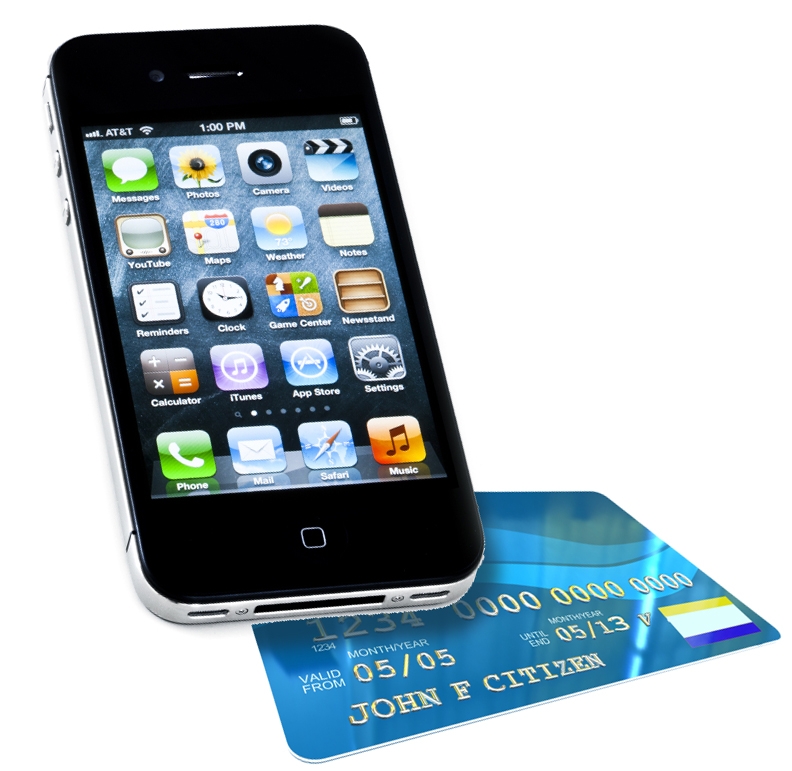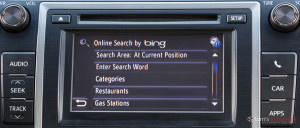Mobile Payments Continue to Rise
Having a mobile website, or running an SMS marketing campaign, or just generally running a mobile marketing campaign at all allows you to communicate and build relationships with your fans and customers. One of the biggest benefits of conducting these relationships though mobile devices is the fact that mobile makes payments for the end user much easier and much more convenient. With today’s advanced technology, customers do not need to physically show up in your store or place of business to make a payment anymore. They can simply access your mobile website or mobile app and simply pay using their mobile device. Customers LOVE mobile payments because they are easy and require little to no work on their part. The great news is that not only is this becoming a trend, but it is also increasing each and every year and shows no signs of slowing down in the future.

According to a recent report by Juniper Research, global mobile payments will reach close to $507 BILLION this year. This equates to a 40% increase year over year. The report also highlighted the fact that there is a huge expectation for growth and expansion relating to the purchasing of tactile goods through mobile devices.
So we know people are increasing the rate in which they are paying for goods through their mobile devices, but which mobile devices are they using? Interestingly enough, smartphones made up about 20% of all online traffic compared to the 12% of online traffic generated by tablets, however, tablets accounted for 12% of online SALES compared to only 6% from smartphones. It is also interesting to note that consumers have indicated that they like to browse more often on their smartphones than tablets, but they are still 4 times more likely to make a purchase on a tablet compared to a smartphone. This could be due to the fact that it is easier to fill out payment forms on the larger screen of tablets, but it has also been a known fact that people are more likely to spend their money inside of their homes rather than on the go. Yet they are still migrating from their PCs to tablets when it comes to making purchases.
So what should you, as a mobile marketer, take from this? Well if you don’t have a mobile website, or at least a mobile app for your customers and fans to access your business via a mobile device on, you will want to think about doing that as soon as possible. Your competition is already optimized for mobile, if you aren’t already you WILL inevitably fail as a business. You also want to make sure, once you DO have a website or app for mobile devices, that it is responsive. You want people to be able to access your business on a smartphone or a tablet and get the same great, convenient experience. If one or the other is lacking as far as functionality and ease of use, you WILL lose out on business, especially to other companies who DO have responsive websites that perform equally well across all devices.

There is a HUGE untapped market out there for your business. Think about it; there is going to be $507 BILLION dollars sent through mobile devices this year. If your customers and fans can’t find your business on their mobile devices, you are missing out on ALL of that money. Don’t wait! Mobile marketing is no longer just a trend or a fad. It has become a way of life for a majority of people around the world. Take advantage of this!







